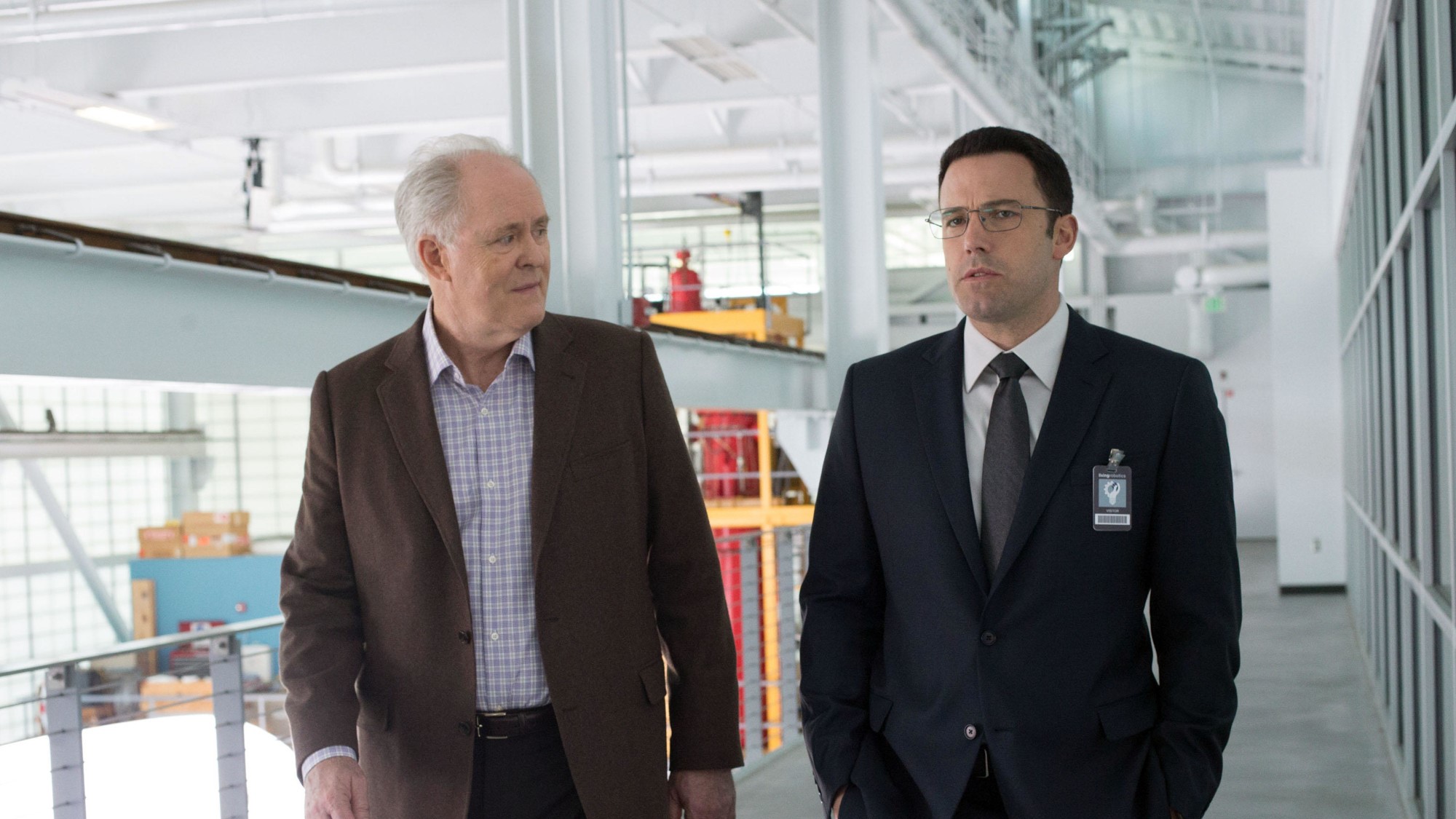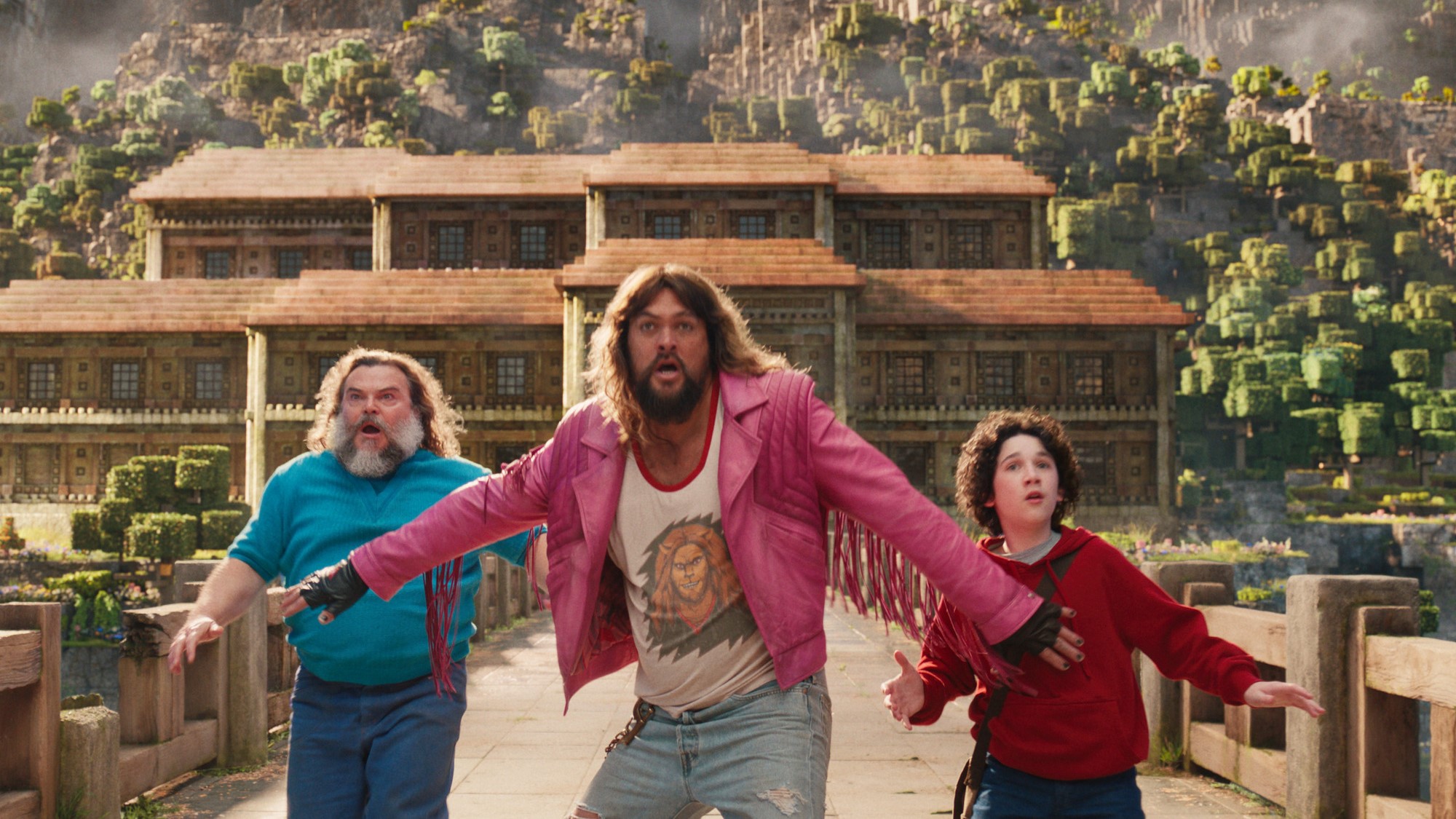How Netflix became the world’s most exciting animation studio
A funny thing happened on the way to 200 million subscribers.

Back in January, on an earnings call, Netflix CEO Reed Hastings, reaffirmed the streamer’s commitment to becoming an animation powerhouse. Specifically, he said, Netflix had its sights set on Disney: “We're very fired up about catching them in family animation, maybe eventually passing them, we'll see. A long way to go just to catch them." At the time, Netflix had released only three original animated features to date, but just a few months earlier, in an interview with Variety, Netflix Co-CEO Reed Hastings set out an oversized goal. “Our animation ambition right now is not just to step up and be as big as someone who’s doing it today,” Hastings told the trade. “We’re on a path to be releasing six animated features a year, which no major studio has ever done, on top of the very healthy slate of animated series.” This is indeed ambitious; most major animation studios are lucky to get one or two original animated features out the door per year. This output would be unprecedented. But it’s also completely within reach. Here’s how:
Savvy Partnerships
The Mitchells vs. the Machines, an imaginative, highly original animated comedy debuted on Netflix and was pretty much all anybody was talking about on Twitte. But the movie isn’t a Netflix original. Instead, it was produced by Sony Pictures Animation and had been tentatively earmarked for a theatrical release last fall. That didn’t happen for obvious reasons, and instead Sony forged an alliance with Netflix. And it’s not a one-off either – later this summer, Netflix will debut Wish Dragon, a Chinese co-production (it was released in the Middle Kingdom earlier this year); and Vivo, directed by The Croods filmmaker Kirk DeMicco and featuring new songs from Lin-Manuel Miranda (who also stars as a singing kinkajou). Sony also has Hotel Transylvania: Transformania opening this summer, which still has a July theatrical release date (for now). But if the winds change, it’s easy to envision the fourth and final entry in the lucrative Hotel Transylvania franchise making its debut on the streamer.
And the partnership with Sony Pictures Animation is one of a number of alliances with top tier animation studios around the world that Netflix has forged in recent years. In the next few months, new projects will be unveiled from studios like Ireland’s Cartoon Saloon (creators of the Oscar-nominated Wolfwalkers) and the venerated British studio Aardman Animation (creator of Wallace and Gromit and Shaun the Sheep). And last fall, Netflix announced a strategic partnership with a number of high-profile Japanese animation studios to produce top-tier anime (including Studio Mir and Mappa, the studio responsible for the recent series Yasuke), broadening the scope of what Netflix Animation means while diversifying the kind of stories they could tell. Thinking internationally will serve Netflix well as it jockeys for animation dominance.
It’s also worth noting that they have teamed, in smaller partnerships, with renowned animation studios like Titmouse (who did the animation for the recent feature Arlo the Alligator Boy), Mercury Filmworks, Bones.inc and Chinese studio Pearl (formerly DreamWorks Oriental). And while their team-up with DreamWorks Animation on a bevy of animated television series is coming to a close (with DreamWorks shifting focus to Peacock, owned by their same corporate overlords Universal/Comcast), the already-created content should stay on Netflix.
A Keen Investment in Top Tier Talent
One of the things Netflix is very at is paying top dollar for the very best talent. This ethos extends to its animation division, and it has wooed some of the most groundbreaking and dependable talent in animation to the company. Klaus, the first Netflix animated feature, was directed by Sergio Pablos, a former Disney animator who had become a multifaceted figure responsible for the ideas that would become the Despicable Me franchise (for Universal) and Smallfoot (for Warner Bros). Once upon a time Oscar-winning Disney animator Glen Keane wanted to direct the story of Rapunzel for Disney; eventually Tangled was released largely free of his involvement. He finally made his directorial debut with Over the Moon for Netflix last year and netted himself an Oscar nomination.
Like its live-action film division, Netflix Animation has become a place where creators who have had long-standing passion projects can finally get them made. Later this year, Guillermo del Toro’s stop-motion Pinocchio will finally be released via Netflix (the streamer will also release the feature-length finale to his Trollhunters TV series this summer), and there will also be a new stop-motion movie by the wizardly Henry Selick, who directed The Nightmare Before Christmas whose last film was Coraline back in 2009. And Richard Linklater, whose experimental animated features are always a joy, is prepping Apollo 10 ½ after a live-action version of the project fell apart.
And time and time again, Netflix has been able to woo contemporary talent away from the very biggest studios. Alex Hirsch, who created Disney’s influential animated series Gravity Falls, now has a deal at the studio (he also helped out on The Mitchells vs. the Machines), where he is slated to create original series and feature films. Chris Williams, a longtime Disney filmmaker who began working with the studio in the later 1990s, and whose directorial credits include Bolt and Big Hero 6, is working on a project with the studio for 2022. Ditto Mark Osborne, whose Kung Fu Panda spawned a franchise for DreamWorks. And the big gets keep coming – recently it was announced that Ronnie del Carmen, the Oscar-winning co-director of Pixar’s Inside Out, was headed to Netflix. Darla K. Anderson, a Pixar producer who won the Oscar for Coco, headed to Netflix shortly after she picked up her trophy.
Get the What to Watch Newsletter
The latest updates, reviews and unmissable series to watch and more!
It’s easy to see why so many creative people are headed to Netflix – they are given healthy budgets with very little creative oversight (one person I talked to on background referenced how these projects aren’t “noted” to death). Since the consumer products side is relatively light, there aren’t the demands being made by toymakers or theme park divisions. While making Over the Moon, Keane didn’t have an eye towards interactive experiences or McDonald’s toys; he just had to make the best movie he could. And Netflix supports the projects once they are done, with heavy marketing pushes and awards campaigns.
Also, while I’m focusing on the movie side of things, there is just as much awesome stuff being done on the serialized side of Netflix Animation. Two of the year’s best series, full stop, are Netflix Animated series – City of Ghosts from Adventure Time vet Elizabeth Ito and Kid Cosmic, from Powerpuff Girls and Wander Over Yonder creator Craig McCracken. These are brilliant, bewildering works of insane genius and they should be treasured appropriately. And one of the biggest, most anticipated pieces of animation coming this year is a limited series on Netflix – Maya and the Three, from Book of Life filmmaker Jorge Gutierrez. Part of the fun of these Netflix projects is watching animators you admire have full reign over their projects and seeing these come to life is nothing short of thrilling.
An Eye Towards IP
Just as Pixar and Walt Disney Animation have effortlessly toggled between original features and more sturdy sequels (for every Soul there’s another Toy Story or Cars installment) and DreamWorks built its brand on the back of cultivating franchises that produced endless entries (please pause to consider there are four Madagascar films including a spin-off and five Shrek films including a spin-off), Netflix understands that the key to its continued success is branded content that is easily recognizable and translates easily to television series and movies.
Already they’ve produced animated material based on properties like Godzilla, Pacific Rim, Jurassic World and the video game series Castlevania. And they purchased Millarworld, the standalone comic book company founded by Kick-Ass and Kingsman creator Mark Millar while also forging a partnership with comic book publisher Dark Horse. And the future is filled with a diverse number of animated films and television series based on beloved preexisting properties, including but not limited to card game Magic the Gathering, Skull Island (based on Legendary’s “Monsterverse” movies), The Terminator, Brian Jacques’ fantasy book series Redwall, and videogame series Tomb Raider and Cuphead. (There’s also a Kevin Smith-produced reboot of Masters of the Universe coming very soon.) Netflix is tapping into a cornucopia of well-known, well-liked and improperly exploited properties. Clearly, their emphasis is on original material and empowering visionary, underserved artists, but they know that they need to make sure the bottom line is taken care of too. These projects are just as exciting since many of them have never been translated to animation (or any medium, really) and knowing Netflix Animation’s verve and panache, these will be very special indeed.
And that’s how Netflix has transformed from an outside player into one the most exciting, electric animation studio on the planet. And instead of attempting to compete with more well-established animation studios, they’re having to up their game just to compete. That means more innovation, experimentation and technological boundary-pushing in the years ahead. We might just be entering another golden age. How about that?
Drew Taylor has written for Vulture, Polygon, MTV, Collider, Moviefone, Thrillist, Disney.com, and The Playlist. He is also the author of The Art of Onward, about the making of the Pixar animated fantasy from 2020. He is the co-host of animation podcast Fine Tooning and the Mission: Impossible-centric podcast Light the Fuse. He made Tom Cruise laugh once.












